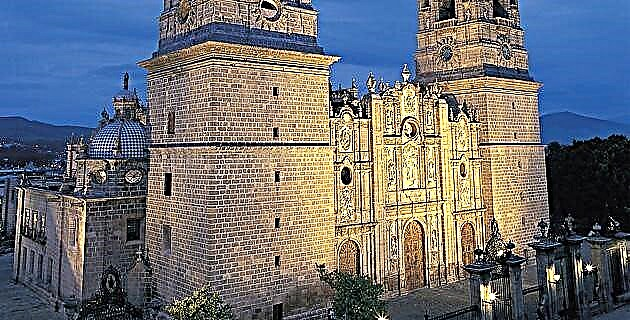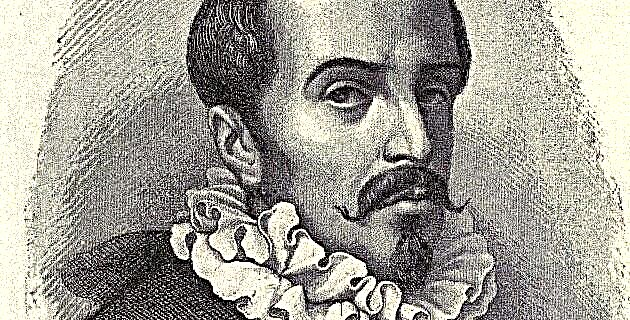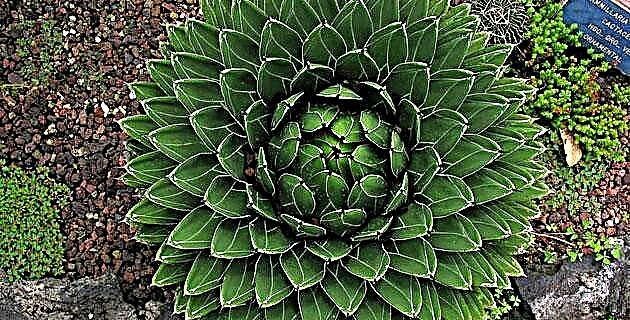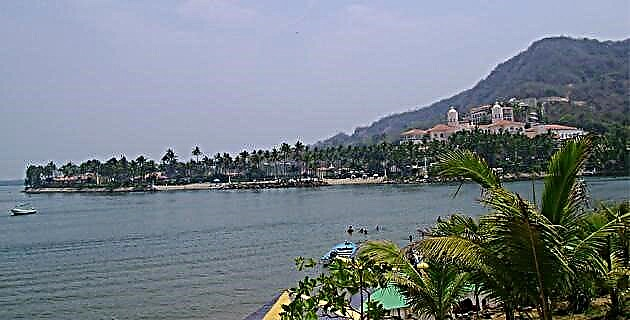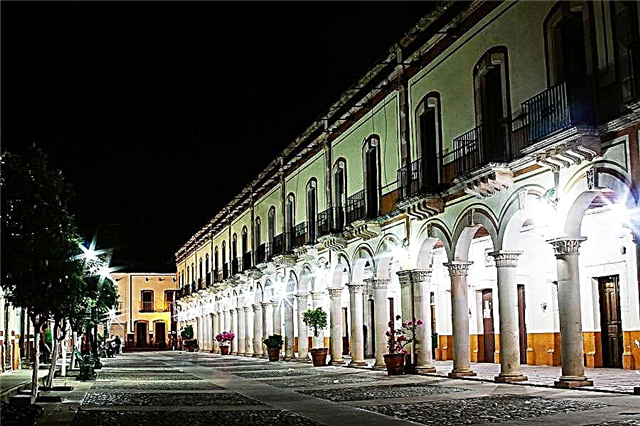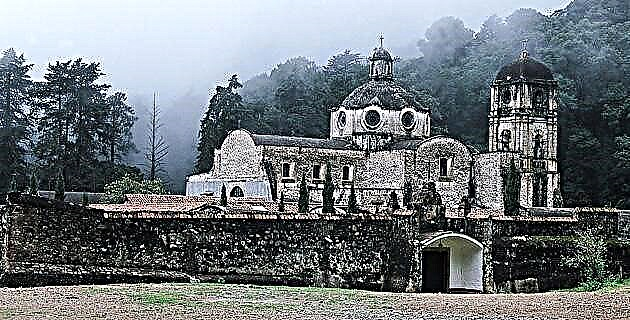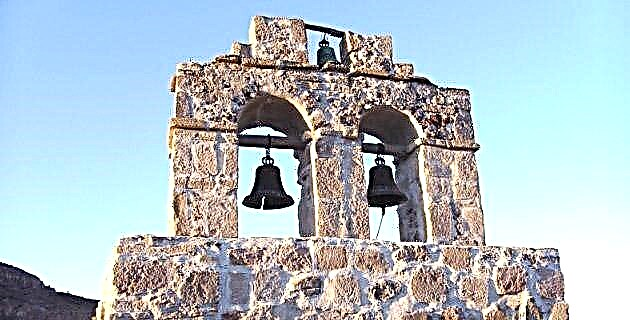
The inventory taken from what the Jesuits left behind and so meticulously studied by Eligio Moisés Coronado.
As it did with all the missions of Baja California, it shows the moving wealth of Santa Gertrudis, including the beautiful effigy of the Saint, recently restored in our days, the magnificent crucifix and a stew of Our Lady of the Rosary that is preserved in the little museum. In the aforementioned inventory, we are told about the prosperity of the mission: in the sacristy 12 sets of cloth, “blind” and satin chasubles were kept, as well as dalmatics, Brittany albas and other ornaments to officiate, all of them in sumptuous fabrics and linens.
There were crosses and silver candles, as well as censers of the same metal, there were also lecterns: one of silver and the other of tortoiseshell. The indispensable cruets were, three pairs of them made of silver and another one in "chinaware" brought in the Manila Galleon that anchored for the first time, after crossing the Pacific, in San José del Cabo. The beautiful image of Our Lady of the Rosary, with the Child in her arms "is adorned with pearls, a silver crown, pearl ornaments, pearl rosaries, little gold chains, pearl necklaces ...". Let's not forget the immense quantity of pearls that were extracted from Baja California oysters and their great quality. Unfortunately, they disappeared in the thirties of this century due to a plague, more during the viceroyalty and in the time of Porfirio Díaz, the ladies wore huge pearl necklaces, some in gray and black tones.
For their use, the Santa Gertrudis missionaries had "three dozen plates from China, six cups from China," also "six old Guadalajara vases." The splendor of Chinese porcelain coexisted with "three equipales, four tables, one lined with cowhide ... two comales" and other utilitarian equipment. In the Mission there was also time to read, as on a wooden shelf were "hundreds and more books, big and small, new and old." Father Amurrio did not get to write down the titles, but other book inventories show the universal culture of missionaries who read the lives of saints as well as history treatises, consulted dictionaries in various languages and were entertained by reading History. of the Pirates, surely Schemeling's first work of its kind - who in their dreaded ships stalked the Manila Galleons.
Our Lady of Loreto, patron saint of the Jesuits, could not be absent from the inventory of Santa Gertrudis; However, the image has disappeared, what is preserved is an interesting and beautiful confessional from the 18th century painted in red, also the iron mold to make hosts and the tornavoz that was on the pulpit.
The prosperity of Santa Gertrudis la Magna until the beginning of the 19th century is still a lesson. Will we allow the admirers of the art that our country holds, that through indifference or ignorance the exemplary effort of those who understood the importance and beauty of the California peninsula, one of the greatest works of the Creator, is lost? The Italian missionary of the Comboni order, Mario Menghini Pecci is determined that this is not the case and has undertaken the titanic task of restoring both Santa Gertrudis la Magna and San Francisco de Borja. With the help of a support group, not only from Baja California, but from Mexico City, the United States and Italy, he has achieved the first stage of the restoration of Santa Gertrudis, in which a team that has extensive experience. However, much needs to be done, both in the aforementioned mission and in San Francisco de Borja, which, lost in the immensity of the peninsula, are visited by the faithful devotees of both saints at their festivals and by numerous tourists who they know how to find the hidden beauty in this magnificent Garden of Allah.
Source: Mexico in Time # 18 May / June 1997

